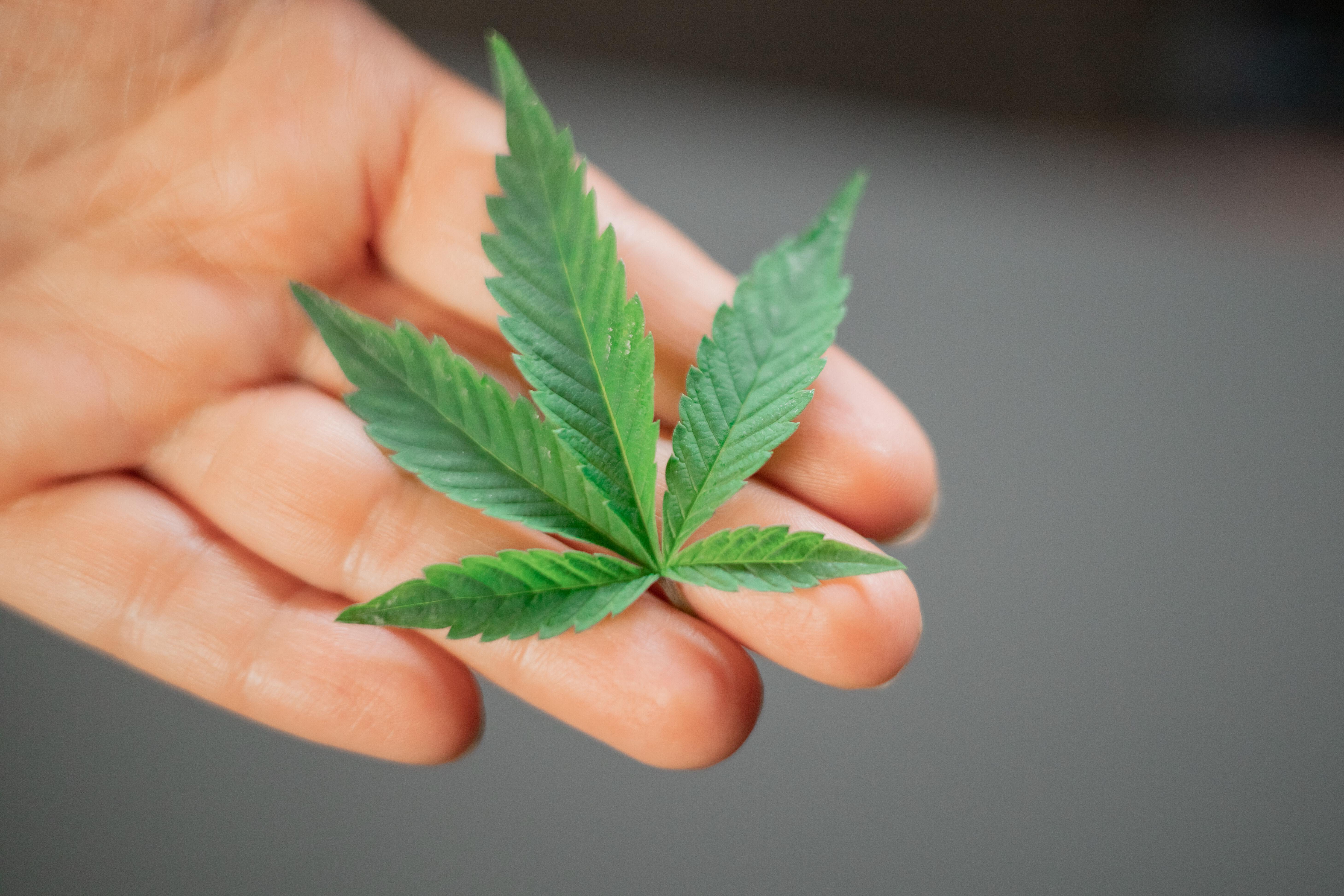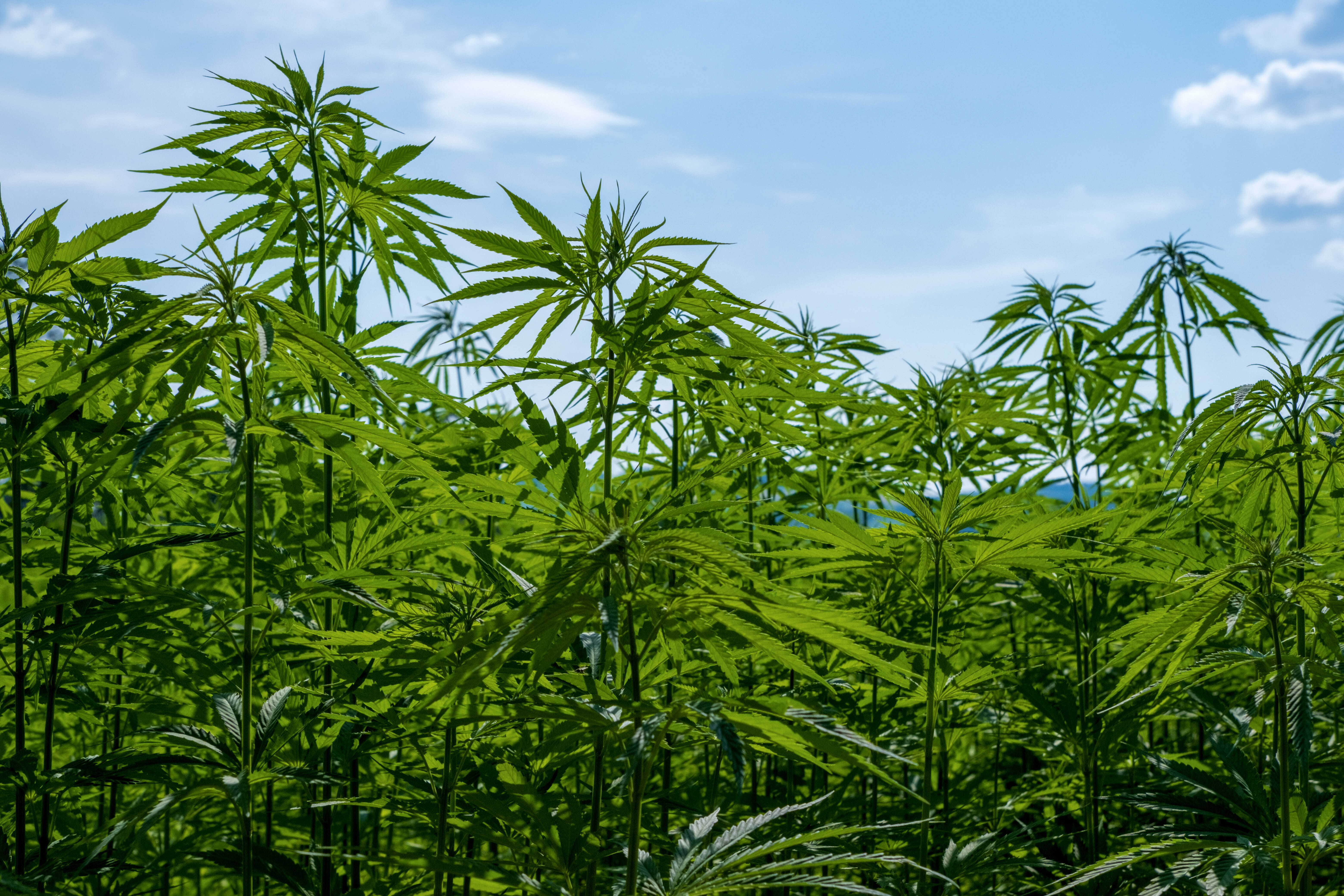
6 November 2025
Sunlight and colour: the hidden drivers of microfiber pollution in the ocean
- Plastics
Hemp has been used as a textile for thousands of years, but is still an unknown material to many. The image of hemp as a textile for clothing is a bit boring and raises questions because it looks like the well-known cannabis plant. Yet it is a very fine, airy fabric for summer, which has numerous environmental benefits. Would you like to know more about hemp, where it is produced and under what conditions? Make sure to read on.

When you think of hemp, you probably don’t think of textiles at first, but of the marijuana that gets you high. Yet the two are different and have different characteristics despite both being cannabis plants.
Hemp is a bast fibre obtained from the stem of the plant. The fibre is completely natural and biodegradable. This is in contrast to synthetic fibres such as polyester that leave microplastics in the environment.
Hemp can be used to make similar products to cotton and sometimes the two are mixed. For example, jeans are also made from hemp. The advantages of hemp as a textile for clothing include the fact that the fabric is airy, dries and absorbs quickly and is strong, making the clothing long-lasting. The fabric also becomes soft when you wash it. Hemp is especially fine to wear when it is warm because of its airiness.
Hemp plants can be grown almost anywhere in the world because they are easy to grow in many weather conditions. The crop is grown in over 30 countries and currently the majority comes from China with 70% of global production. The next largest producer is France, followed by Austria, Chile and the UK. Hemp cultivation is also becoming increasingly popular in the United States. HOGENT, following the research ‘Eigen Kweek’, indicated that hemp cultivation for the long textile fibre has clear potential in our region.
It is estimated that around 60,657 megatons (2019) of hemp are produced globally each year. Fibres made from plants including jute, linen, hemp and others held a 6 per cent market share in 2019. The fibre is used, for example, for interior textiles, tents, tarpaulins and thus also for clothing.
China is the market leader in the cultivation and production of hemp textiles. Virtually all the hemp textile productio sold here comes from China. The finished hemp products are mainly intended for the domestic market and only a small part of Chinese hemp is processed into textiles, most of it is used for fuel, paper and other industrial products (Van In, 2019). Due to China’s weak labour laws and environmental regulations, it is unclear whether hemp from the country is produced ecologically and in a socially responsible manner.

Hemp grows relatively quickly and a big advantage is that no pesticides are needed for the plant to survive. However, this does not mean that all hemp is organic. It is processed in a similar way to flax. Hemp plants can be processed in different ways.
The general process from hemp plant to textile is as follows. After about 4 to 6 weeks the hemp stalks can be harvested. Then the fibre has to be separated from the plant stalks. This can be done through traditional field-rooting, in which case the stalks are left in open fields to decompose. It can also be done by steam explosion, where the fibre and the woody core of the plant are broken off from each other by a blast of steam. Enzymatic retting gives shorter, thicker and less strong fibres compared to traditional field retting. This method makes hemp easier to process, but at the expense of strength. The CRAiLAR enzyme-based process produces a soft fabric similar to cotton. This method requires 17 litres of water to produce a kilo of finished hemp fibre, whereas about 760 litres are needed to produce a kilo of conventional cotton.
The fibres can then be processed and possibly washed. This is not necessary, but if the threads are processed using chemical or mechanical processes, the fibres can be made softer and more elastic. The threads can then be spun and woven into a fabric.
The type of industrial hemp plant, a variant of Cannabis sativa, used for clothing contains only a small amount of the psychoactive substance found in cannabis. The percentage of narcotics such as tetrahydrocannabinol (THC) depends on the exact strain, but is usually less than 0.3%. The plant also has a completely different appearance: among other things, it is taller.
The cultivation of hemp is prohibited in many countries due to the narcotic properties of the Cannabis sativa plant, despite the fact that varieties containing negligible amounts of the narcotic substance can be used for textile applications. The plant also has a completely different appearance: among other things, it is taller. In Flanders, one has to apply for a licence to cultivate hemp, stating the area sown, the location and the variety to be sown.

Western hemp cultivation has been absent for a while due to the ban introduced because the plant was associated with the use of cannabis as a narcotic, also there was competition with other textile fibres (due to emerging synthetic fibres and high labour costs).
Industrial hemp is now on the rise again, with over 42,500 ha of hemp grown in Europe for the first time in 2017, up from 15,000 ha in 2012.. European cultivation is currently focused on growing hemp for the short, technical fibre, whether or not in combination with the seed. The short fibre can be used to produce paper, among other things. The flax processing industry wants to meet the demand of designers and consumers for locally grown and sustainable textiles.
The production costs for hemp are basically the same as for conventional cotton. However, the purchase price is higher because it is (still) produced on a small scale. When the regulations surrounding the cultivation of hemp improve and the fabric becomes more accepted as an alternative to conventional cotton, the purchase price will drop.
Want to read more about hemp and the environmental impact of this fiber? Then be sure to read on here. Are you looking for sustainable clothing made from hemp and other materials? Then take a look at our shopping guide and discover sustainable clothing in your style and within your budget, in your area!
Also read:
Which impact does cotton have on humankind and the environment?

6 November 2025

20 October 2025

16 September 2025